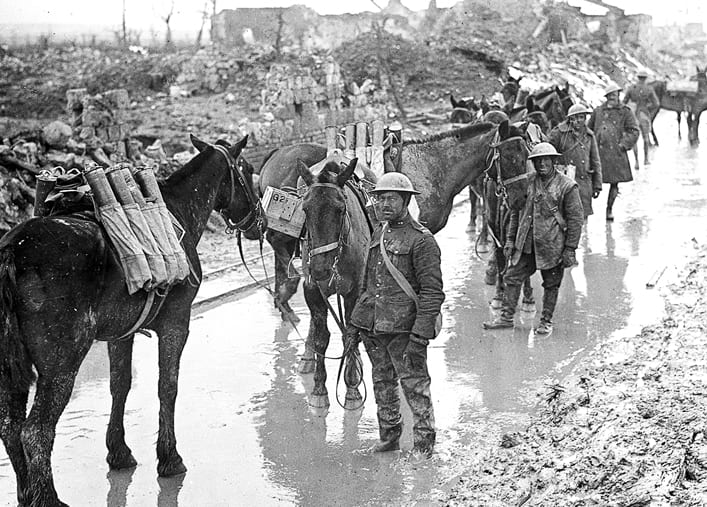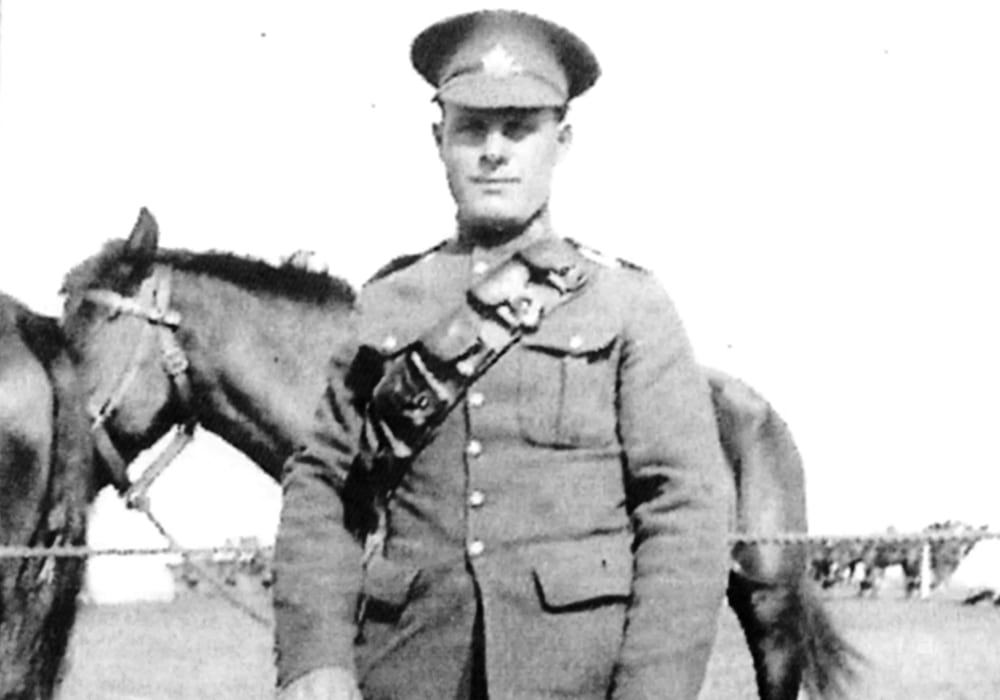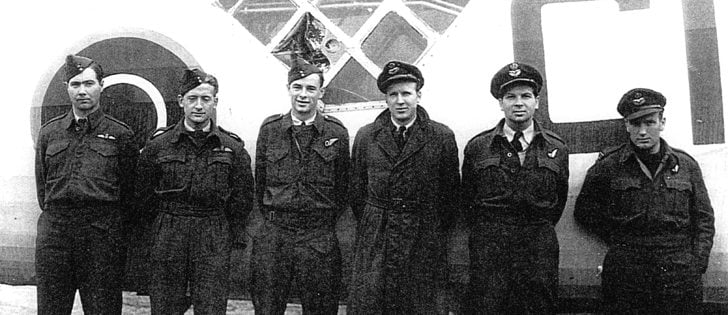Conscription and a price crash following the war fuelled the anger that sparked the ‘farmers revolt’ of the 1920s
The “war to end all wars” ended at the 11th hour of the 11th day of the 11th month of 1918 — 100 years ago.
It extracted a tremendous toll on Canadians. Nearly 61,000 were killed and another 172,000 were wounded over its four-year duration. It irrevocably changed the direction of the country and the course of prairie agriculture.
Plenty of prairie farm boys signed up to fight, in the early days of 1914, eager to test their mettle.
“It seemed very romantic to a lot of young men, and a lot of people more generally, at the outset of the war,” said historian Eric Strikwerda of Athabasca University. “People went in droves to recruiting stations.
Read Also

Farming Smarter receives financial boost from Alberta government for potato research
Farming Smarter near Lethbridge got a boost to its research equipment, thanks to the Alberta government’s increase in funding for research associations.
“The mythology began to break down by 1916 when young men came back with shell shock, which we would call PTSD today, or missing limbs or all kinds of terrible things and some young men didn’t come back at all. And this brought the reality home to a lot of people who had been seduced by this romantic mythology of war.”
Notices about the death of young men made their painful journey to prairie farms. There was no way to soften the blow, although some comrades tried.
Mary Frances Doucedame, in the book The Great War and Its Consequences, quotes one such letter written by soldier John McCartney to the mother of fallen Canadian soldier Murray Sutherland of the 13th Battalion.

“I scarcely know what to say to express my feelings but I notice that even in the firing line, where earth is reaping such a harvest, the sun shines brilliantly and, in season, the birds sing unceasingly, and I am tempted to hope that your black cloud of sorrow will be tempered by the knowledge that your boy died a heroic death, and that in the brilliance of the sun and the singing of the birds, you may catch an early glimpse of its silver lining.”
In the same chapter, Doucedame recounts an event on May 1, 1917, when Red Deer farmer J.J. Richards and his wife received in the mail “both a cheerful letter from their son William and official word of his death.”
The heavy toll in casualties led to conscription in 1917, and farmers who had responded to government calls for increased crop production found themselves in precarious positions.
“The farmers of the West, they were very angry at the federal government, in the main because they had been encouraged to expand their acreage to produce more wheat and now the federal government was saying in 1917, ‘we need your young men’, ” said Strikwerda.
“These are the farmers’ sons of course, and that’s the horrible thing … but for them there was also an economic reason because their sons were their labour.”
Post-war, there were comparatively few young men on the Prairies due to war casualties and even higher losses in the Spanish flu epidemic that closely followed.
Returning soldiers had access to farmland through the Soldier Settlement Program and many chose to settle in the West. There was a fairly high attrition rate because farming has never been easy, but many made a go of it.
The price of wheat had skyrocketed during the war, rising to $3 per bushel, when the federal government regulated the grain trade as part of its duty to the empire’s war effort.
Farmers who had previously fallen victim to grain speculators embraced the new regulations.

“After the war, the federal government turned very lukewarm to the idea of regulating the grain trade, and the federal government really wanted to go back to an unregulated market,” said Strikwerda.
That angered farmers, and the government, sensitive to their burgeoning political power, formed a short-lived wheat board in 1919 that was dissolved in 1920.
“That’s really what started the so-called farmers revolt of the 1920s,” Strikwerda said. “That’s where you start to see farmers’ anger and frustration translating into the political arena with the formation of the United Farmers of Alberta, which took government 1921.”
Grant McEwen, in his book Charles Noble, also said the government attitude to farmers fomented unrest at the time.
“For prairie farmers, the most grievous problems were falling prices for agricultural products, recurring drought, and drifting soil. Government haste in terminating all war time measures including the Board of Grain Supervisors and the fixed prices initiated by the board brought rural unrest,” he wrote.
“Farmers who had been showered with government attention during the war now seemed to be the forgotten people.”
At the same time and for largely the same reasons, farmers began to form wheat pools, among them the Saskatchewan Wheat Pool established in 1923.
“This was the farmers’ response to the federal government’s inactivity … or unwillingness to continue the regulation of the grain trade.”
Strikwerda said one of the fundamental changes in agriculture after the First World War was farmers’ discovery that collective activity made economic and political sense.
“Part of the reason why they were able to act with such unity is that the farmers … on the Prairies were so dominant and they all more or less saw themselves as having the same interests, at least in terms of the economics of farming,” he said.
That same realization led to farmer co-operation with labour interests in the 1920s. Farmers and workers had in common a view that speculators and business people did not have their interests at heart. That relationship suffered blows from the Winnipeg General Strike in 1919, also a product of post-war instability and high unemployment.

The end of the First World War saw increased farm mechanization on the Prairies though progress was slow. Machinery was expensive and many farmers didn’t like the economics.
Instead, the post-war years saw the rise of threshing crews that travelled the Prairies from field to field.
In that same era, the federal government stepped up its support for agricultural research, forming more experimental research stations and expanding the scope of the studies, Strikwerda added.
In general, however, the post-war period featured destabilization that didn’t markedly resolve until the late 1920s. Ahead lay the Dirty Thirties, with their own prairie agriculture challenges.
In his book A History of Alberta, James G. MacGregor put it this way:
“And yet though the bombing and the barbed wire were becoming mere memories of the past, the war’s legacy was to go rolling down the years, and the world, Canada and Alberta were never to return to the placid years of the homestead days. Inevitably, war is a solvent which unsticks past certainties and leaves them in fragments to be put together in a new fashion.”


















